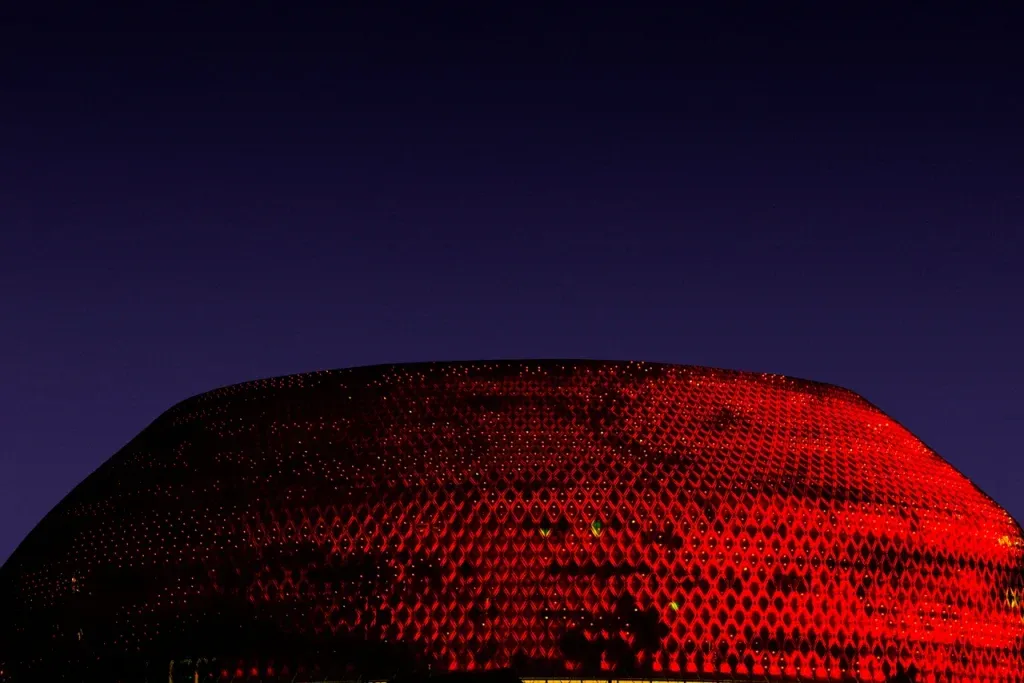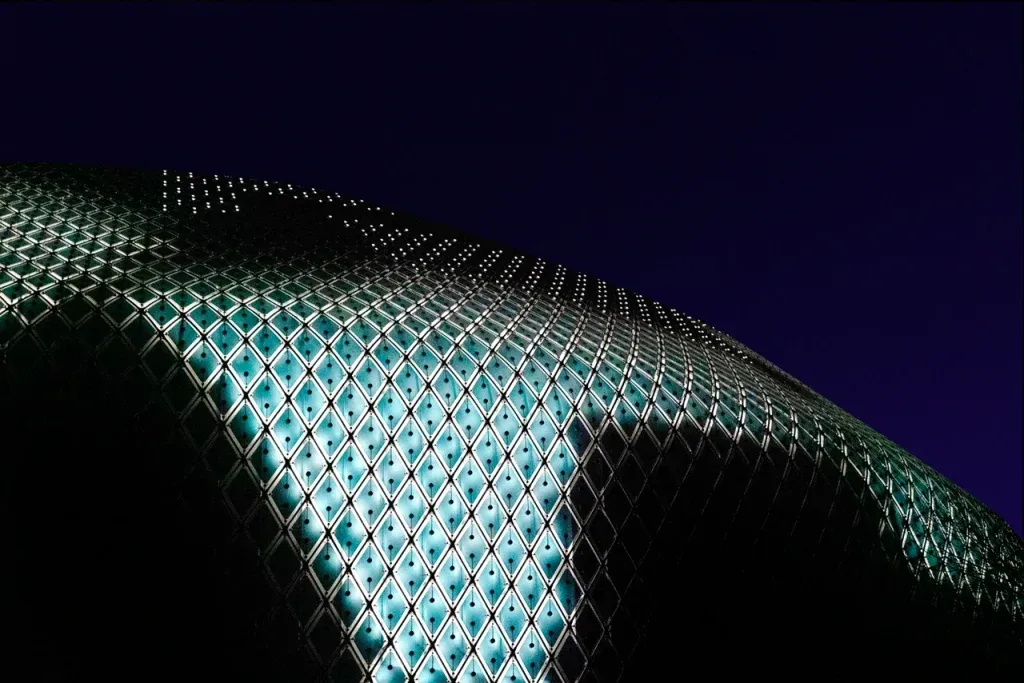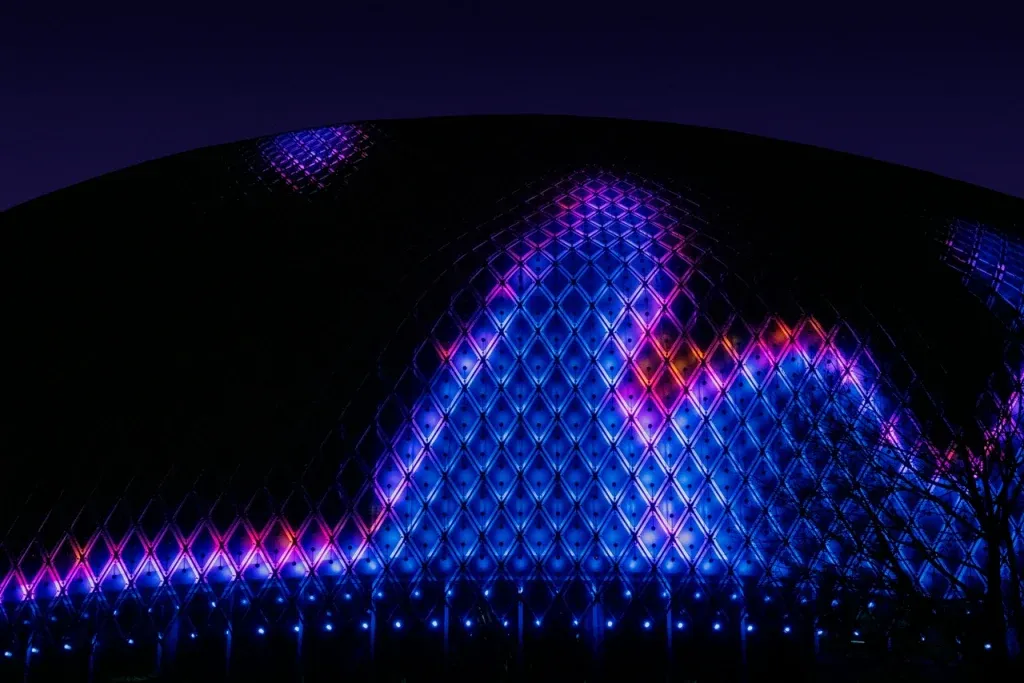Studio Daniel Canogar presents Oculus, a generative animation that spans the Novartis Pavillon zero-energy media facade in Basel, Switzerland. The Pavilion, built with a unique solar panel technology developed by iart studio, presents an artistic program curated by Martin Furler and Sabine Himmelsbach.

Oculus is a generative abstract animation that responds in real-time to data related to climate change. An algorithm, custom-designed by Studio Daniel Canogar, accesses a number of webpages that monitor different phenomena, including polar ice caps melting, carbon dioxide levels, active fire data and global temperature anomalies. Oculus’ animation references this data through four different versions of color-coded graphics, with a visual vocabulary that artistically reinterprets traditional climate change visualizations.


Thanks to the internet we have a more complete understanding of climate change. The data culled from myriads of data entry points around the planet is giving us a bigger and more detailed picture of what is happening to our global ecosystem; however, the vast amount of information creates representational challenges. Oculus’ algorithmic animation moves beyond the hard numbers and structured graphics of climate-change data, and instead creates a more emotional and sensorial experience of this climate information.
Video
“The ceaseless ebb and flow of information coursing through my artworks has invited me to question their materiality. For example, my large-scale projections on emblematic buildings transform their façades into ever-mutating surfaces. My public-participation projects are a good example of this approach. Using green-screen technology, I often record performers acting out climbing motions that when projected onto a building’s façade, create the illusion of their ascent to the top. By “conquering” these buildings, they become active participants of a shared history, rather than mere spectators of an urban reality.” Daniel Canogar
